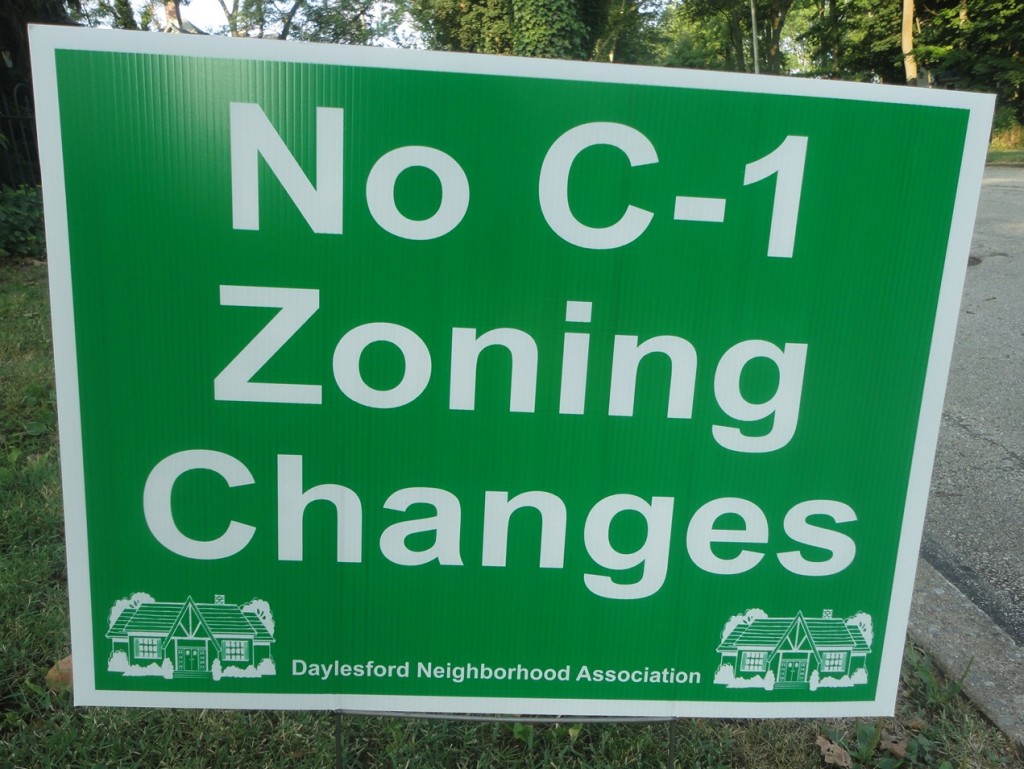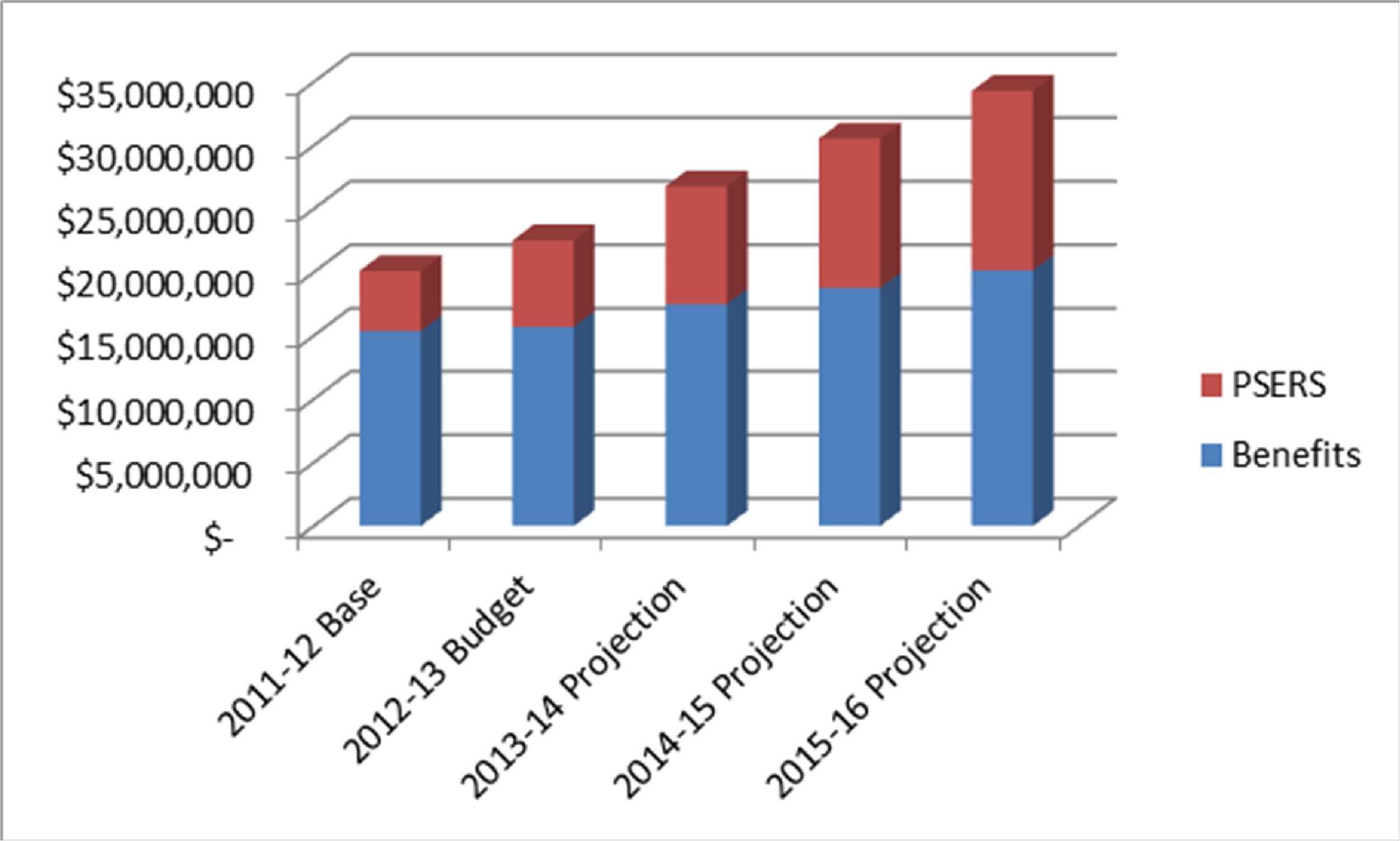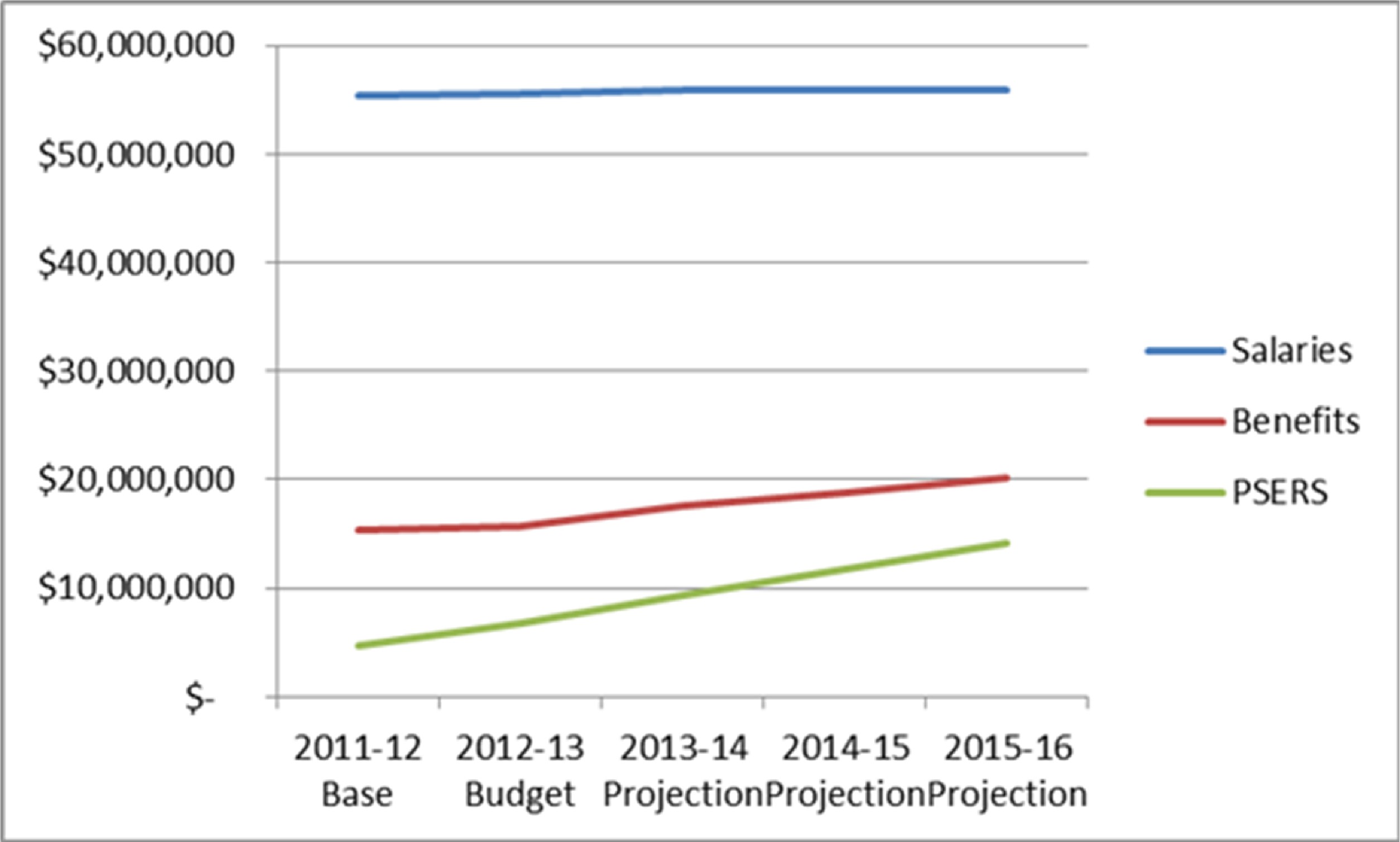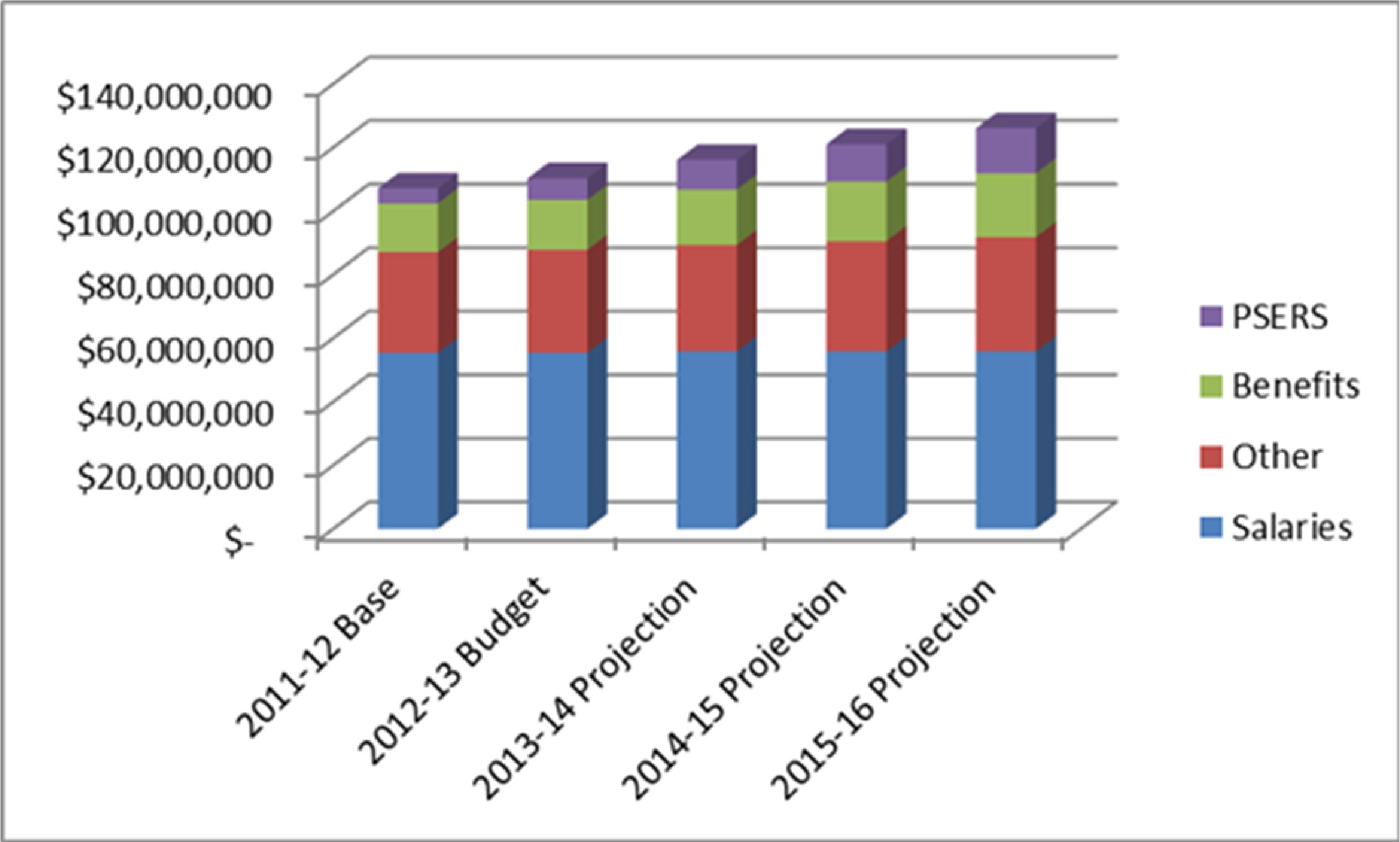What is the price tag for economic development in Tredyffrin Township? Is it economic development at any cost; or is the answer to the question … whatever it takes.
Is it OK to ‘green light’ a land development project in Tredyffrin Township even if it doesn’t meet current zoning regulations? Is it OK to change zoning usage to suit a particular developer (and his plan) simply for the sake of economic development? Is it OK to change zoning to accommodate a specific project and developer … and by so doing, change zoning for the entire township? Is it OK to have developers and their attorneys create zoning ordinance amendment changes to Tredyffrin Zoning Code … to suit their particular needs?
I’m talking about the old Duffy Catering site on Lancaster Ave. and the proposed assisted living facility. No land development plan has been ‘officially’ filed with the township, yet there are some appointed and elected officials who seemingly already have the facility built! Facts and the required process seemed to have been discarded in favor of what ‘some’ officials believe should be the desired outcome. In this case, that means change zoning to allow a developer to construct a multi-story assisted living facility on barely 1 acre of commercial property when current zoning only permits such use on 10 acres as an institutional overlay.
At first blush, a resident might think that building an assisted living facility on the old Duffy property on Route 30 is a good idea. Before knowing all the facts, I probably would have agreed that this sounds like a good use for the property. I’m not opposed to an assisted living facility in Tredyffrin Township and …, as long as an open and transparent process is followed, all questions are answered and no rules are changed or broken, such a project could have my complete support.
But unfortunately, that is not looking like the path that is being taken for this project. The Duffy property is a 2-acre site, with approximately 1-acre C-1 zoning and 1-acre R-1 zoning. (The R-1 parcel of the property was used by Duffy’s for parking). Current zoning does not permit an assisted living facility in C-1 or R-1 in Tredyffrin Township. Rather than taking the traditional path seeking either a variance or conditional use, the developer Ed Morris, through his attorney Denise Yarnoff have submitted a C-1 zoning ordinance amendment change, to allow assisted living as usage. (As I have previously stated on Community Matters, Planning Commission meeting minutes indicate that Yarnoff thought that seeking a variance would be too costly and too time-consuming for her client.)
The Tredyffrin Zoning Code addresses assisted living facilities in Institutional Overlay (IO) Zoning and includes 4 pages of restrictions and regulations, including residential density, bed density, acre requirements, buffers, setbacks, etc. Ms. Yarnoff reduces the pages of assisted living facility regulations in Tredyffrin Zoning Code to 1 sentence in her requested zoning ordinance amendment as follows:
“A residential care facility for older persons providing permanent residential accommodations and/or assisted living facilities/services (and supplemental services) as defined in the applicable Pennsylvania state statues, rules and regulations along with support services, which may include, but not limited to: personal health care and health care services, medical services, skilled nursing, community facilities, and congregate dining facilities”
I need to be very clear … this requested zoning ordinance amendment change is for all C-1 zoned property in Tredyffrin Township. The developer and some of our local officials would like to have it both ways. On one side, they refuse to admit that this requested zoning amendment change permitting assisted living facilities as a usage in C-1 zoning is ‘spot zoning’. But on the other hand, they would have us believe that there would be no plans for assisted living facilities in any other C-1 locations. Sorry, but I don’t think they can have it both ways.
For the record, ‘spot zoning’ as defined by Merriam-Webster Dictionary:
: the illegal singling out of a small parcel of land within the limits of an area zoned for particular uses and permitting other uses for that parcel for the special benefit of its owners and to the detriment of the other owners in the area and not as a part of a scheme to benefit the entire area.
I would love for someone to explain to me how changing zoning to suit a specific developer and his plan is not ‘spot zoning’ … looks to me like the Duffy assisted living project fits Webster’s definition!
The draft plan for this assisted living facility indicates a bed density of 93 beds on 1 acre. It is my understanding that this level of proposed 1-acre residential density for the Duffy property does not exist anywhere else in all of Chester County! It is also interesting to note, that changing C-1 to permit an assisted living facility usage also has not occurred in Chester County. Commercial zoning is for the regulations of goods and services not people; which is why assisted living facilities would typically be found in residential zoning code not in commercial zoning code.
Here’s something else — when Duffy’s was an operational catering business, the R-1 parking (non-conforming use of land for parking) was utilized. The developer’s plan for an assisted living facility on this site assumes the continued use of R-1 parking; a belief that this non-conforming parking use would be grandfathered in and therefore available for use in the proposed assisted living facility. A review of the Tredyffrin Zoning Code would indicate otherwise – see below:
ARTICLE XXIV
General Provisions
§208-99. Nonconforming buildings or uses.
Zoning, Chapter 208, page 108
D. Restoration. Building reconstruction to restore a building containing a nonconforming use shall commence within one year of the date the building was destroyed or condemned and shall be carried on without interruption.
[Amended 9-10-2007 by Ord. No. HR-360]
E. Discontinuance. If a nonconforming use of land or of a building ceases or is discontinued for a continuous period of one (1) year or more, subsequent use of such building or land shall be in conformity with the provisions of this chapter.
The Duffy property has sat vacant (and for sale) for at least 4 years, which means (according to Tredyffrin Zoning Code above) that the developer for this proposed assisted living facility cannot use the R-1 parcel for parking in his plan. Clearly exceeding the discontinued use of 1 year per the Tredyffrin Zoning Code, no grandfathering on the R-1 parking is permitted. We can add this to the list that makes this proposed assisted living facility at this particular location problematic. Or, is it possible that our elected officials may just ignore the township’s Zoning Code to accommodate the project?
We should not forget that two months ago, our supervisors voted to spend $100,000 for consultants to review the township’s existing commercial zoning and make recommendations. If the township is spending $100K for professional zoning advice, it would seem that there should be a moratorium on any zoning changes until the zoning expert has an opportunity review and weigh in. My guess is that setting precedent by changing C-1 zoning to include assisted living facilities without any regulations or restrictions would not be something that most zoning experts would think is a good idea. If an assisted living facility as a usage in C-1 zoning is so important, why wasn’t it included in the update of the township’s comprehensive plan completed just 3 years ago, in 2009?
Why is there such a sense of fait accompli among some of the appointed and elected officials in this township in regards to this project? The proposed assisted living project may have started out as a ‘not in my backyard’ (NIMBY) zoning battle between a Daylesford homeowner and a developer but now has many of us in the community asking questions. Perhaps originally only concerned for her backyard, Trisha Larkin, the Daylesford Neighborhood Association president is now taking a stand for her neighborhood and for the township.
Voicing strong opposition for the requested C-1 zoning change and the proposed assisted living facility, Trish states, “The DNA favors economic development where solid process is followed, and when it serves for the greater good of its residents. This proposal favors the developer and NOT our community or Tredyffrin Twp.!”
An online ipetition has been created to “Oppose Ordinance Amendment adding Assisted Living Facility use in Commercial (C-1) Zoning in Tredyffrin Township”. Changing C-1 zoning to include assisted living is not just a Daylesford neighborhood issue; it is a township wide change. If you would like to add your name to the petition, click here.
For some of the appointed and elected officials in this township, the requested C-1 zoning change to permit assisted living facilities may be a fait accompli, but for some residents, that decision may be far from over.
Again, I ask … what is the price tag for economic development in Tredyffrin Township?




